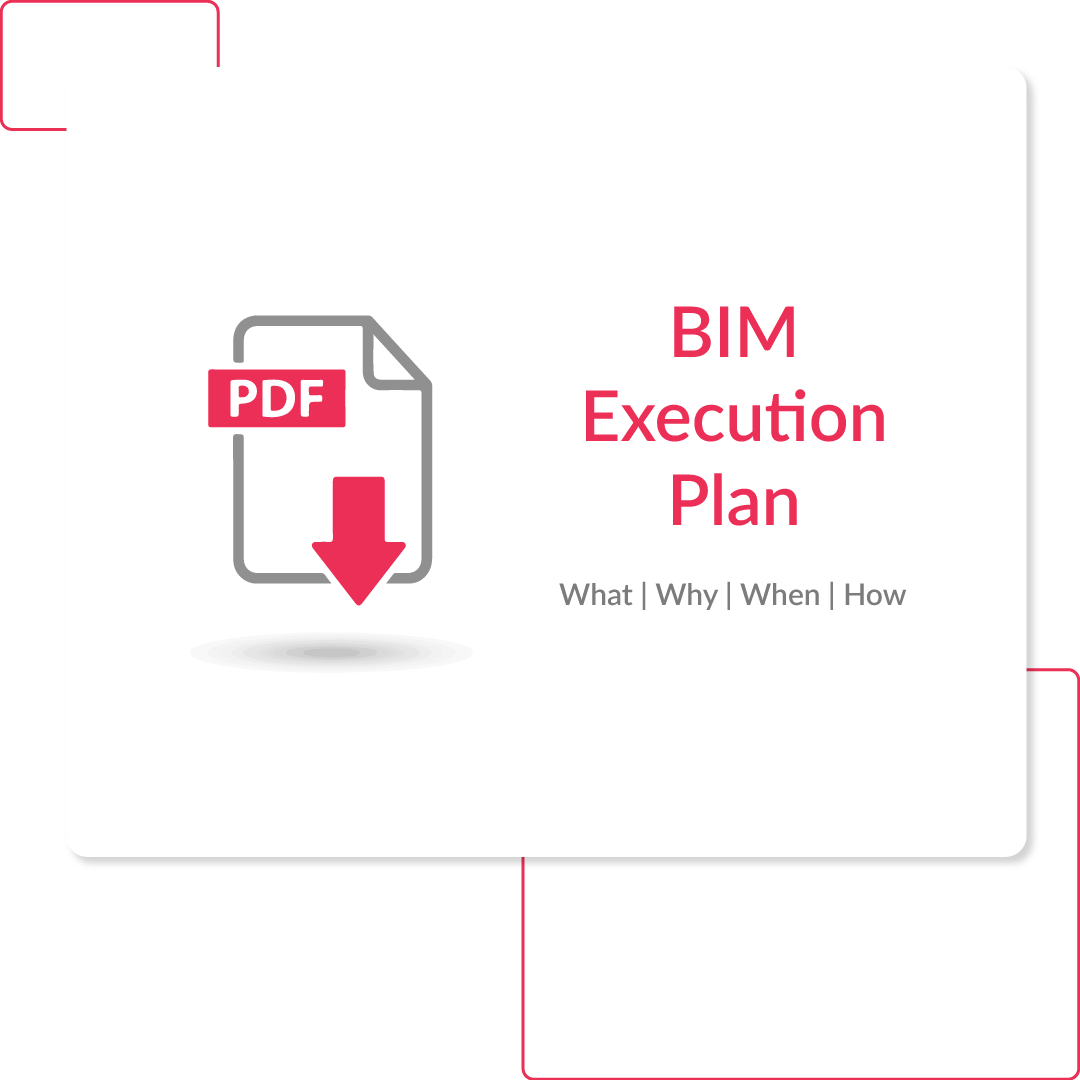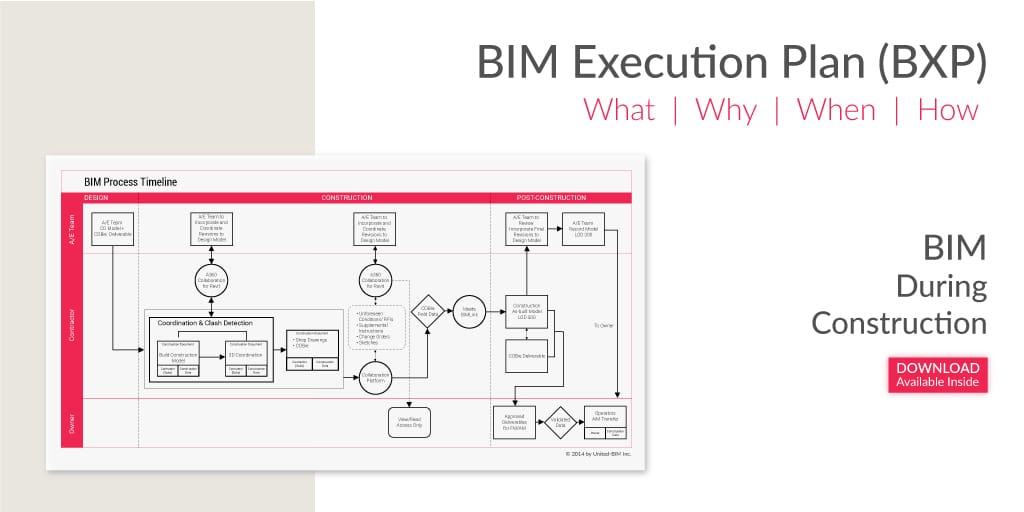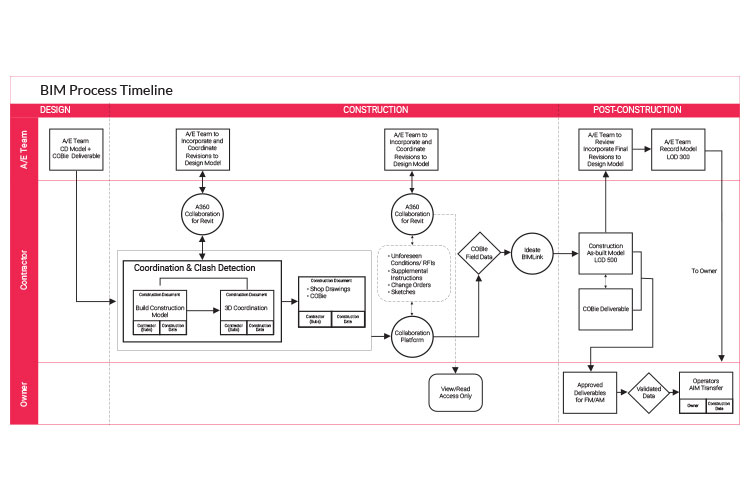What is BIM Execution Plan (BEP/BXP)?
The most important element of BIM (Building Information Modeling) is “Information”. The objective of developing a BIM Execution Plan (BEP) is to facilitate the management of the information in a BIM project. It can be defined as the plan prepared to streamline how the “Information Modeling” part of a project will be executed.
A BIM Execution Plan is very central to the BIM process. A BIM Execution Plan is an integral part of any new construction development project. It becomes more critical while working in a project where international collaboration is essential. It ensures that accurate information is accessible at every touchpoint at every moment.
In a practical scenario, it can be compared as an equivalent of RFI (Request for Information)/ RFP (Request for Proposal), mostly used in the Information Technology field. BXP will be prepared as a direct response to the Employer’s Information Requirements (EIR). Initially, the owner presents their project expectation of the BIM process through their BIM execution plan template, and in response, the Contractors or Design team will present their way of delivering that project, outlining the complete process through the BIM Execution Plan for the Owner to review and agree. The BIM Execution Plan will detail the project deliverables estimated by the contract and the information exchange protocol and requirements.

No worries. Let us send you a copy so you can read it when it’s convenient for you. Just let us know where to send it.
Importance of BIM Execution Plan
Why you should use BXP in your next construction project?
1. Delivering Project, On-time & Within Budget
When the BEP is implemented, all the stakeholders and teams will benefit from it. So, if in case, there are any changes of course or detail changes, the general execution plan for construction is clear and can be a BIM implementation plan. The main advantage of BXP is that involved people will have a clear understanding of their role and contribution. A properly implemented BXP will make sure that a broader view of the project is clear. As a result, the project will have a higher chance of being on time and under budget.
2. BXP- Rule Book of a Construction Project
BIM Execution Plan is a highly acknowledged and acclaimed concept in BIM methodology throughout the world by process-oriented professionals. It’s a Rule Book of a construction execution plan & project laid out to help every stakeholder involved in the project. BXP is a document that will answer the following questions of individuals involved within a construction project.
- What we will do in the BIM Process?
- What kind of format we will use?
- What all software will be used during the process?
- What all processes/teams are involved throughout the process?
- Who will be responsible for each of the involved processes?
- Where will be the exchange of data between respective teams
- What is the quality of the model that we will need?
- Level of Development (LOD) required at each phase of the project
- Roles and responsibilities of every team at each phase
3. Clear Structure of Collaboration- Communication
Another key component of the BIM Execution Plan is communication and collaboration during the project. Every team is aware of the information that needs to be coordinated and the timeline of that coordination. From the start to the completion of the project, stakeholders are well-informed with the collaboration structure, ensuring a smooth process through the project. In case of any miscommunication, there is a clear understanding of responsible parties and it can be resolved in a short time.
4. Transparency- A Welcome Factor in Construction Projects
Any construction project tends to be heavily dependent on output from separate teams responsible for different responsibilities. In such a situation, it becomes extremely important to have a transparent process flow. A well-implemented BIM Execution Plan is normally available to every involved team and team members. From A/E team, Contractors, Developers to Construction teams, everyone is aware of their role and their set-out expectations within the project. This results in a stress-free working environment. There is always an element of uncertainty in construction projects. Sometimes, unexpected weather situations can hamper the best-designed plans. In such cases, a well-implemented BXP ensures that all the teams are aware of the process. So, in the case of any unfortunate events, it can be more easily resolved.
Subscribe to Our Newsletter
* We don’t share your personal info with anyone. Check out our Privacy Policy for more information.
BIM Execution Timeline
At what stages it is implemented and role at each stage?
BIM Execution Plan (BXP) is usually prepared at two of the following stages,
Pre-Contract: Response to EIR (Employer’s Information Requirements)
At the initial stage, before the contract agreement, a prospective supplier is required to propose a BXP with the objective of demonstrating its capability and approach against the EIR.
Post-Contract: MIDP (Master Information Delivery Plan)
Once the contract stage is finalized, the winning supplier needs to present a detailed BIM Execution Plan further. It will be majorly focused on supply chain capability. A Master Information Delivery Plan (MIDP) is also laid out which gives the guidelines of information flow, who is responsible for preparing the information, what protocols and processes will be maintained to develop that information. The information is based on the multiple Task Information Delivery Plans (TDIP) which defined the responsibility of each information deliverable.
Elements of BIM Execution Plan
Lots of parameters need to be considered in the process of finalizing the information management, planning, and documentation. What would be the ideal process of information delivery.
The BXP should include,
- Roles and responsibilities of each team
- Strategy planning of key deliverables
- Set key project milestones & their timeline
- Well planned logistics of collaborative processes (i.e. BIM Modeling)
- Project Information Plan (PIP)
- Task Information Delivery Plan (TIDP) identifying the delivery of each supplier’s information
- Master Information Delivery Plan (MIDP)
- Coordination schedule with roles and defined protocols
- Working Procedures
- BIM iterations management
- File naming conventions
- Construction tolerance expectations
- Data attribute requirement
- Approach to annotation, abbreviations, and symbols to avoid potential ambiguity
- Software to be employed
- Data transfer management (Data format, exchange tools, etc.)






